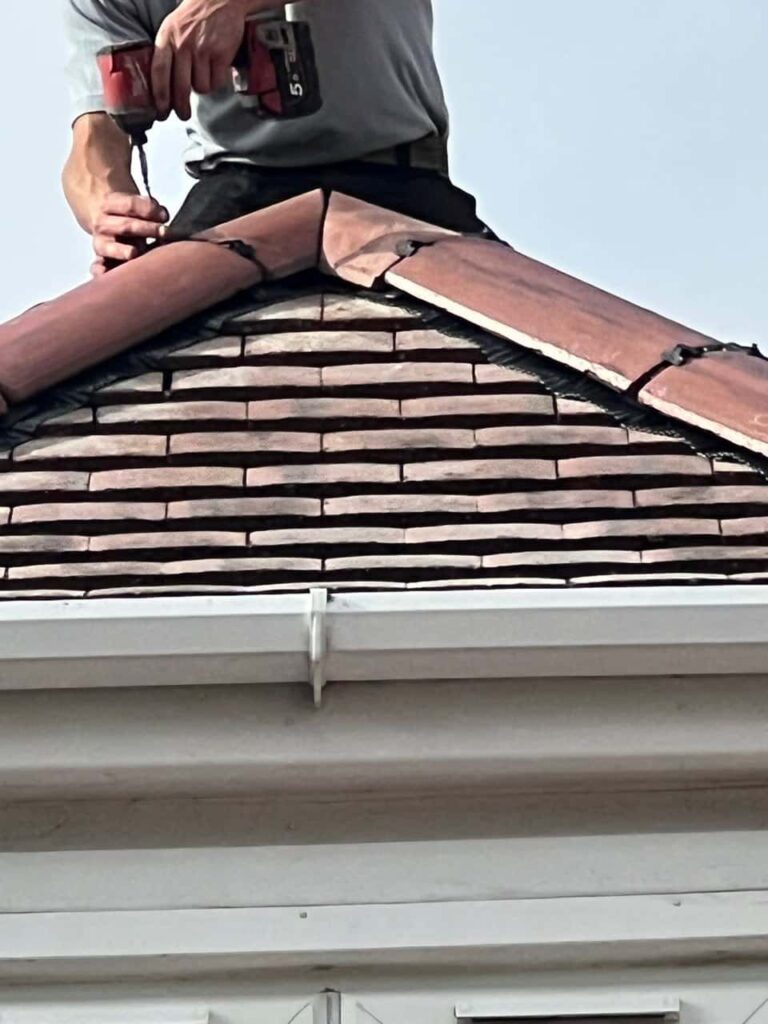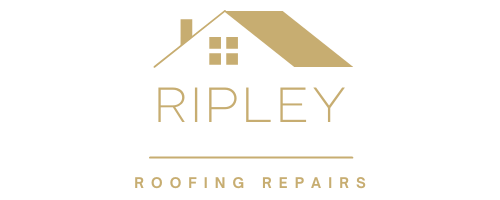Introduction: Chimneys are not just a charming architectural feature but also crucial to your home’s heating system. Over time, wear and tear, exposure to the elements, and other factors can lead to the need for chimney repairs. While some minor chimney repairs can be tackled as DIY projects, it’s essential to prioritise safety and know your limits. In this blog post, we’ll provide some DIY chimney repair tips and safety precautions to help you maintain your chimney effectively.
DIY Chimney Repair Tips
1. Visual Inspection
Start with a visual inspection of your chimney from inside and outside. Look for signs of damage, such as cracks, loose bricks, or missing mortar. Pay attention to the chimney crown, flashing, and flue cap. Identifying issues early can help you address them before they worsen.
2. Chimney Cleaning
Cleaning your chimney is a task that many homeowners can handle themselves. A clean chimney is essential for proper ventilation and preventing creosote buildup, which can pose fire hazards. Here’s a basic guide for DIY chimney cleaning:
Tools: You’ll need a chimney brush, extension rods, a ladder, a drop cloth, and safety gear (goggles, gloves, and a dust mask).
Safety First: Ensure your fireplace or stove is completely cool before starting. Place the drop cloth around the fireplace to catch soot and debris.
Up the Ladder: Set up your ladder safely and secure it. You may need a helper to stabilise the ladder.
Brush Away: Attach the chimney brush to the extension rods and carefully insert it into the chimney. Scrub the flue walls in an up-and-down motion. Repeat until the chimney is clean.
Clean Up: Remove the drop cloth and dispose of the soot and debris properly. Clean the fireplace or stove area.
3. Sealing Cracks and Gaps
Small cracks and gaps in the mortar or masonry can be sealed with chimney caulk or mortar repair mix. Follow the manufacturer’s instructions for the product you choose. This can help prevent further water infiltration and damage.
Safety Precautions
1. Height and Ladder Safety
Working on a ladder can be hazardous. Ensure your ladder is stable and positioned on a flat, solid surface. Always have someone nearby to assist if needed. If your chimney is particularly high or challenging to access, consider hiring a professional.
2. Protective Gear
Wear safety gear, including safety goggles, gloves, and a dust mask, to protect yourself from debris, soot, and chemicals.
3. Fire Safety
Before starting any chimney work, ensure your fireplace or stove is completely cool. Remove any ashes or debris from the firebox.
4. Know Your Limits
While some chimney maintenance tasks are suitable for DIY, more extensive repairs or issues with the flue and liner may require professional expertise. If you’re unsure, seeking professional assistance is better to avoid accidents or further damage.
5. Regular Professional Inspections
Even if you’re comfortable with DIY chimney maintenance, scheduling regular professional chimney inspections is crucial. Professionals can identify hidden issues and ensure your chimney is safe and functional.
Conclusion: DIY chimney repair can be a rewarding and cost-effective way to maintain your chimney. However, safety should always be your top priority. If you’re unsure about the extent of chimney damage or repairs needed, it’s best to consult with a professional chimney sweep or technician. Combining DIY efforts with professional inspections lets you enjoy the warmth and charm of your fireplace or stove while ensuring your chimney’s safety and efficiency.
Call us on: 01773 300 896
Click here to find out more about Ripley Roofing Repairs
Click here to complete our contact form and see how we can help with your roofing needs.

